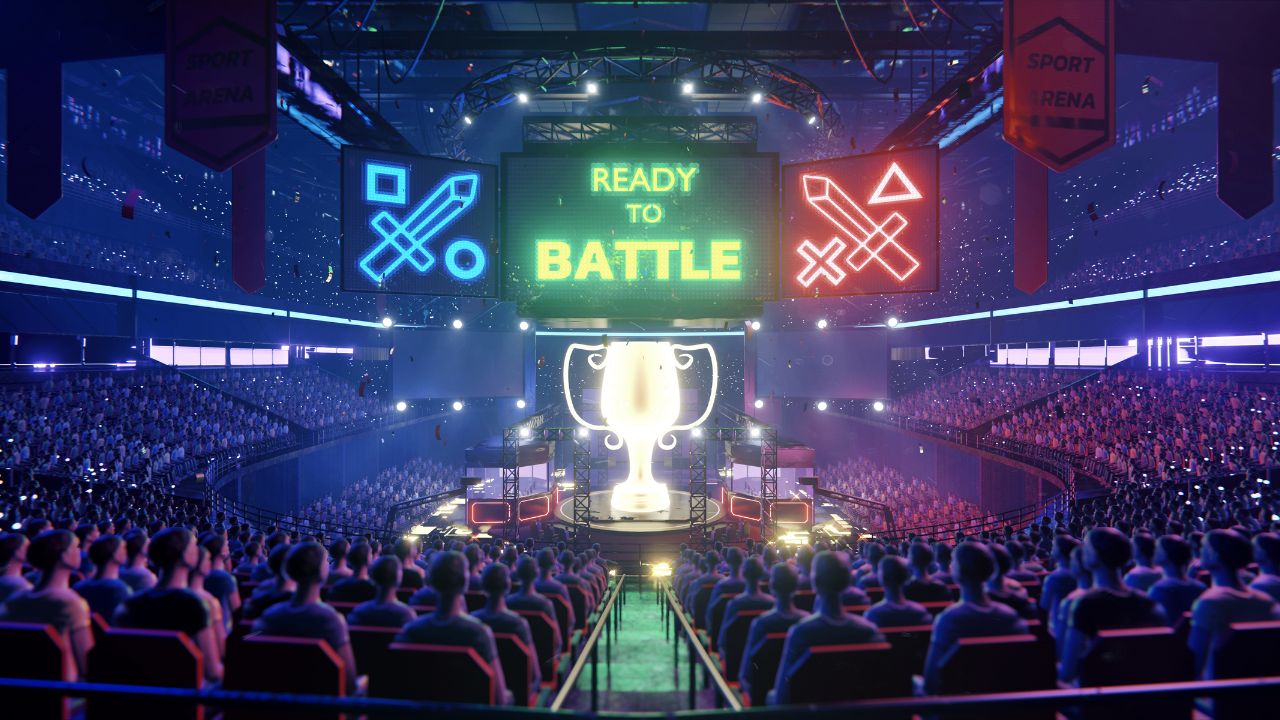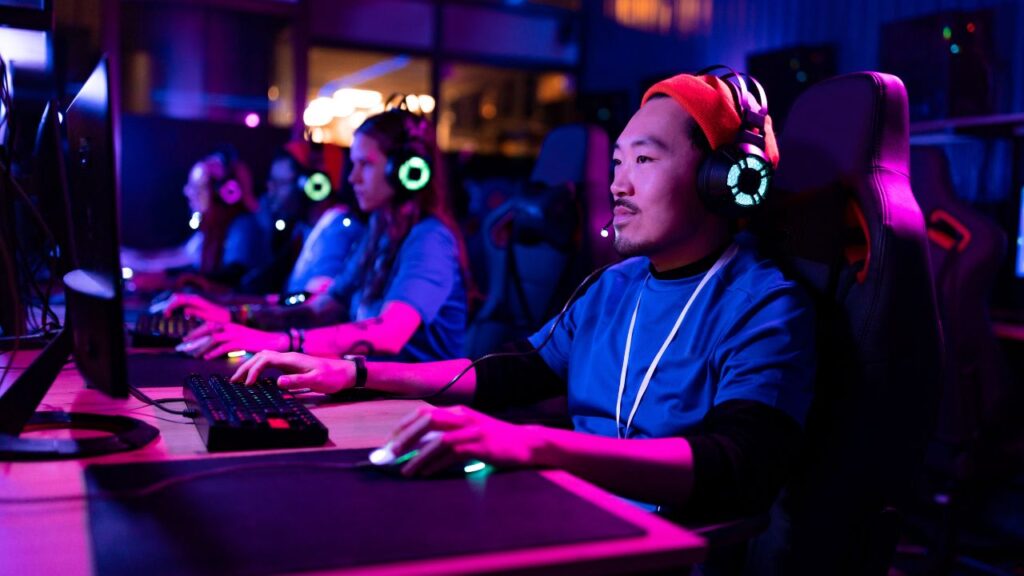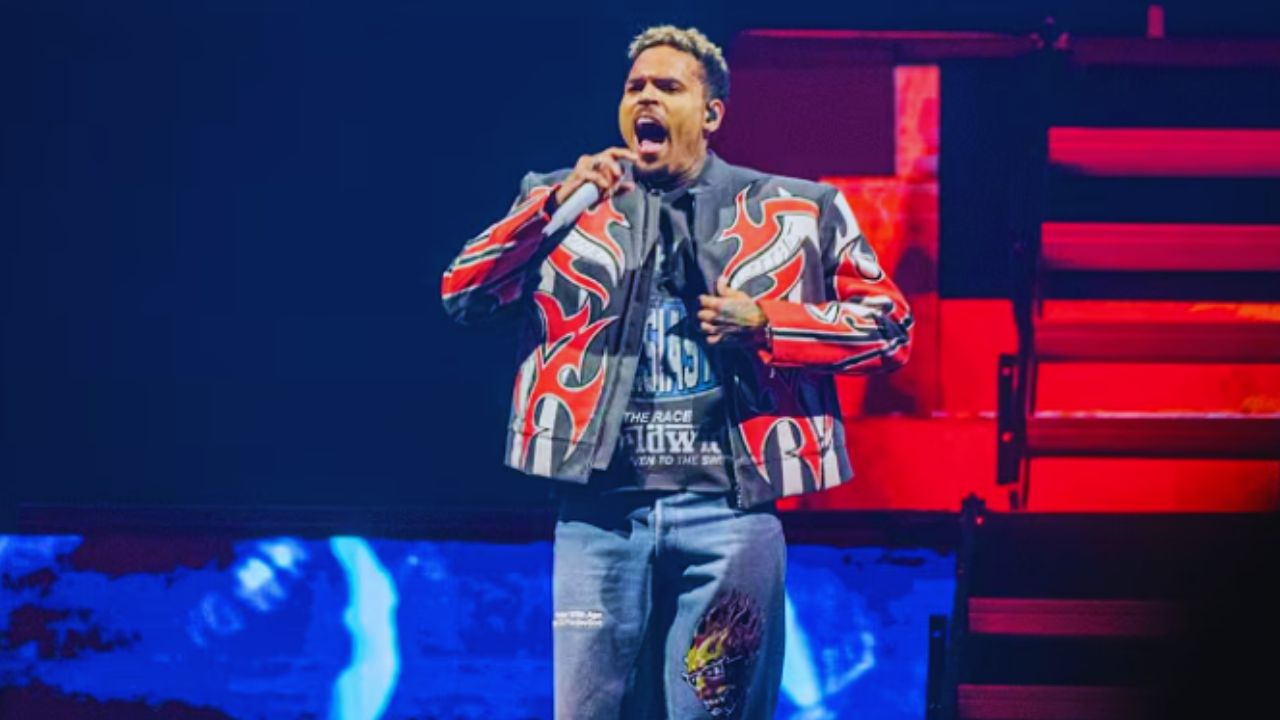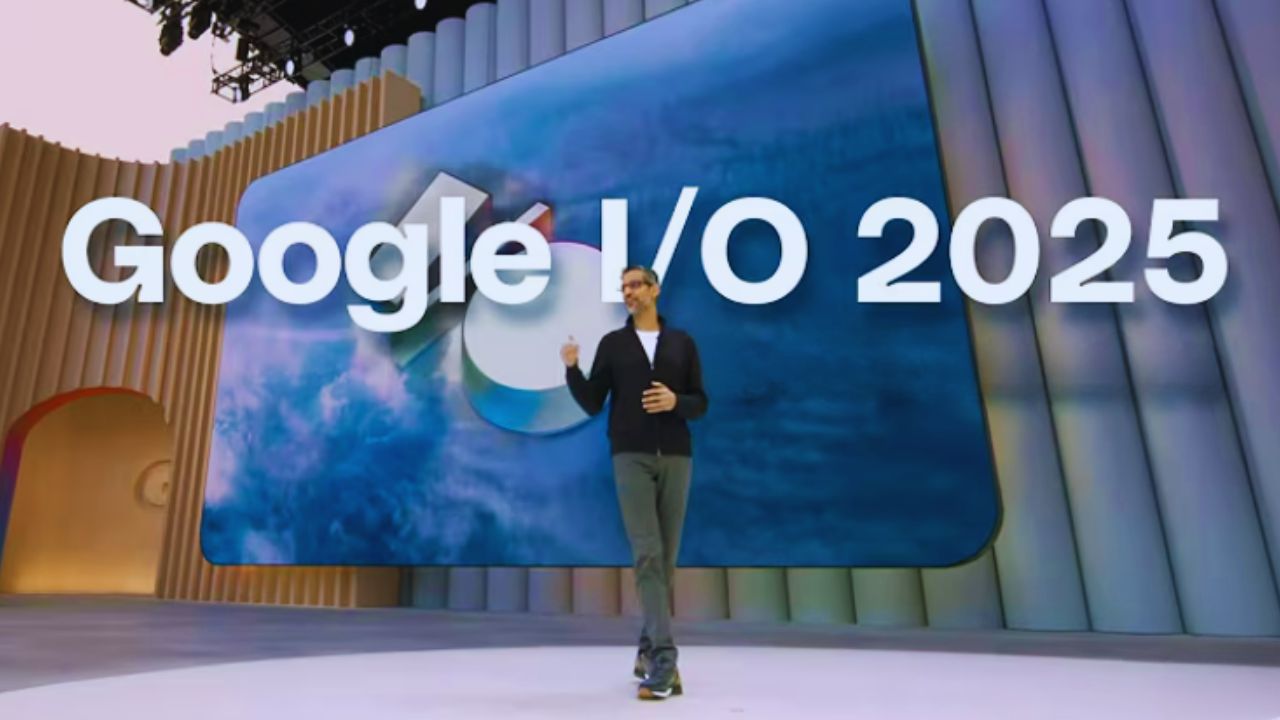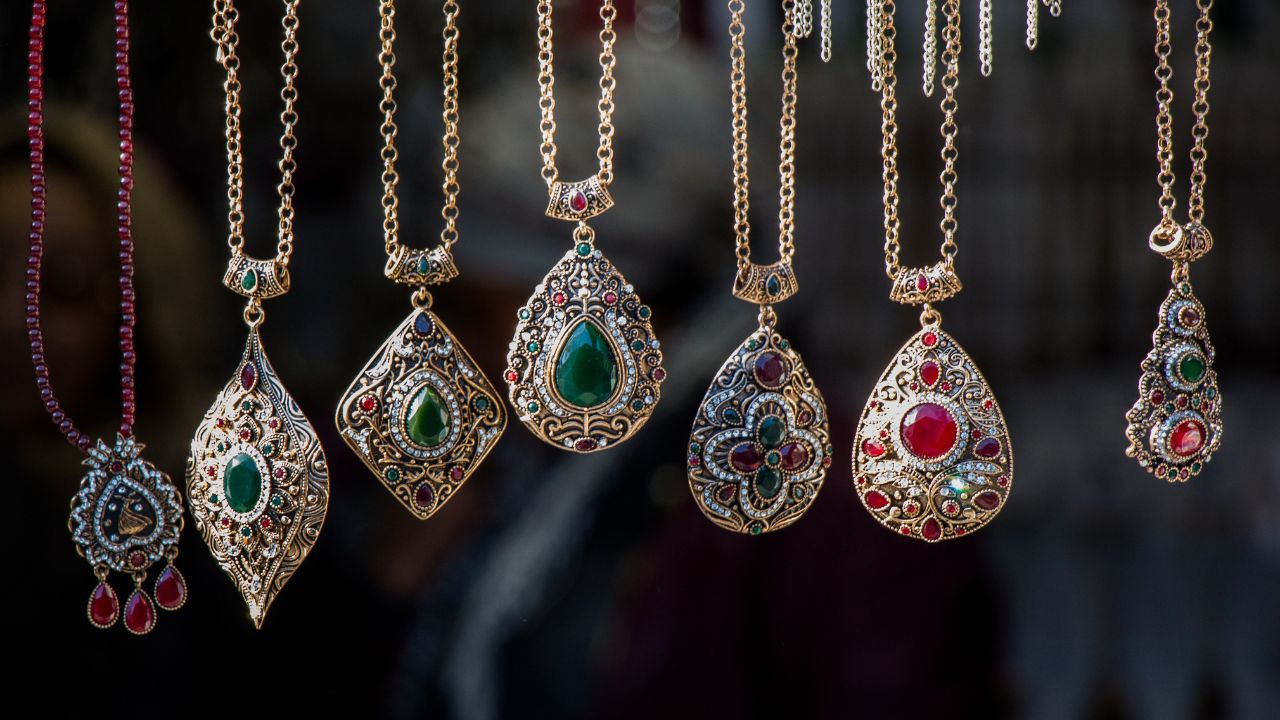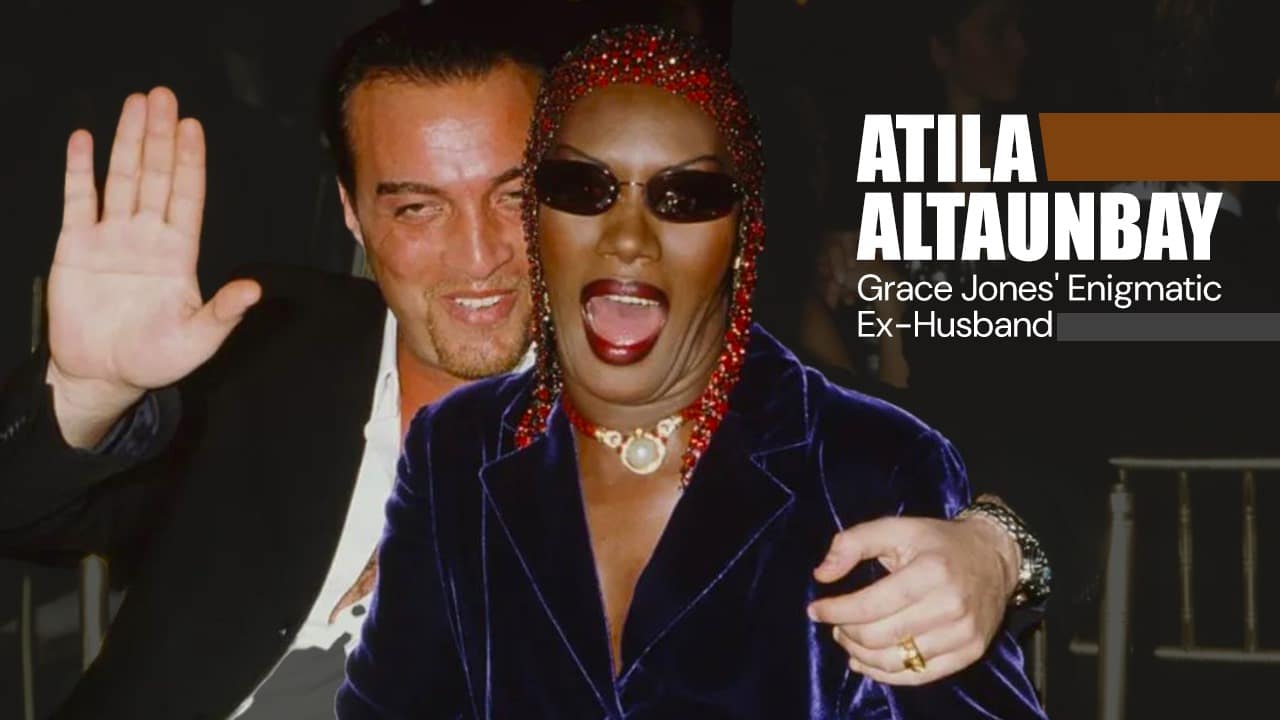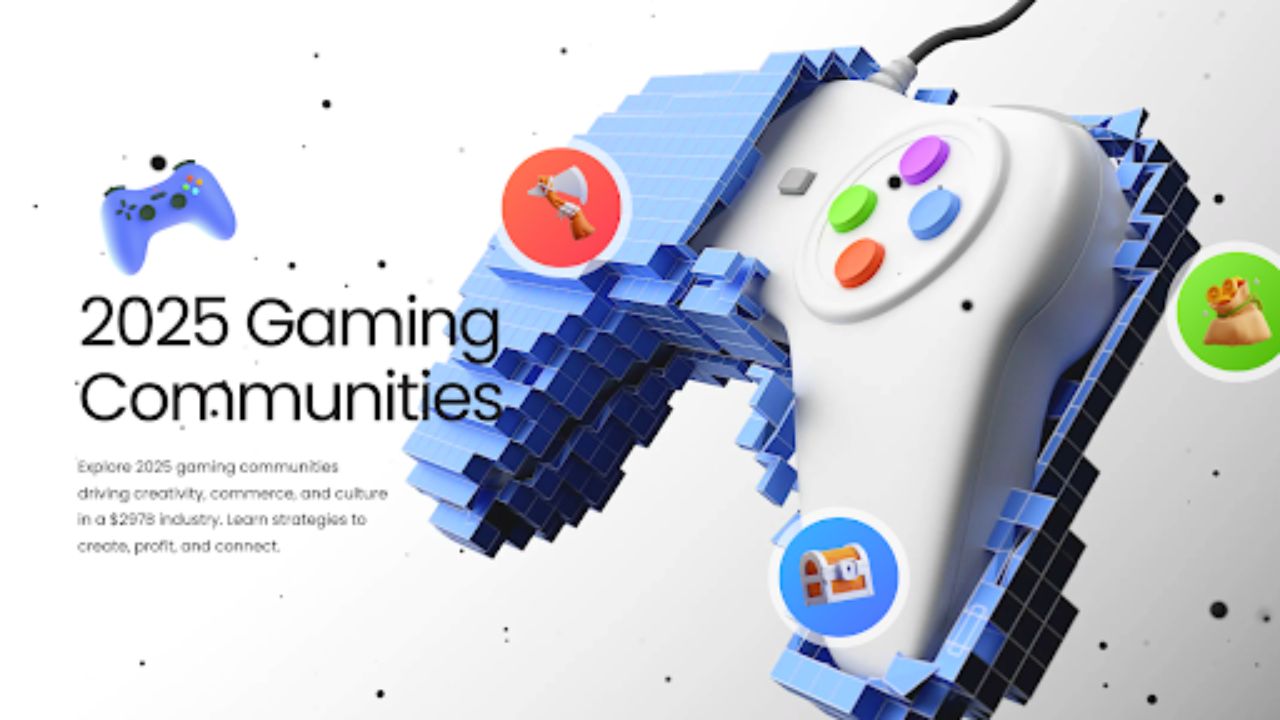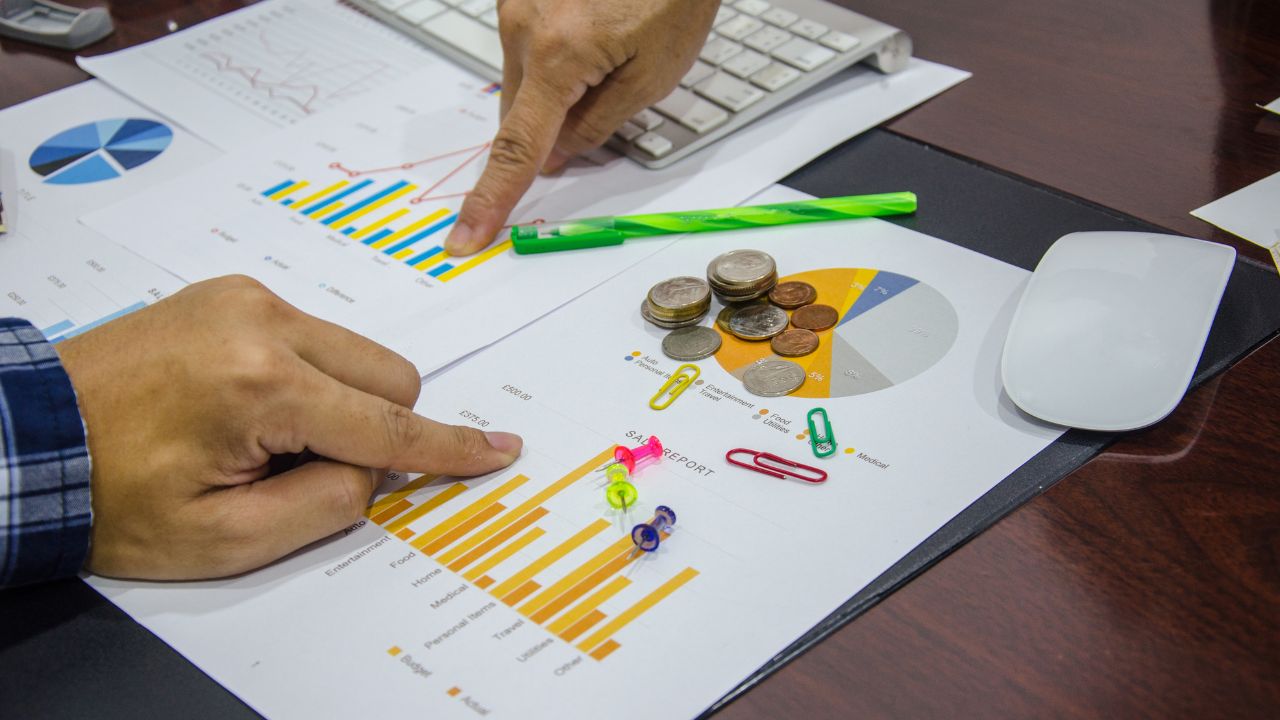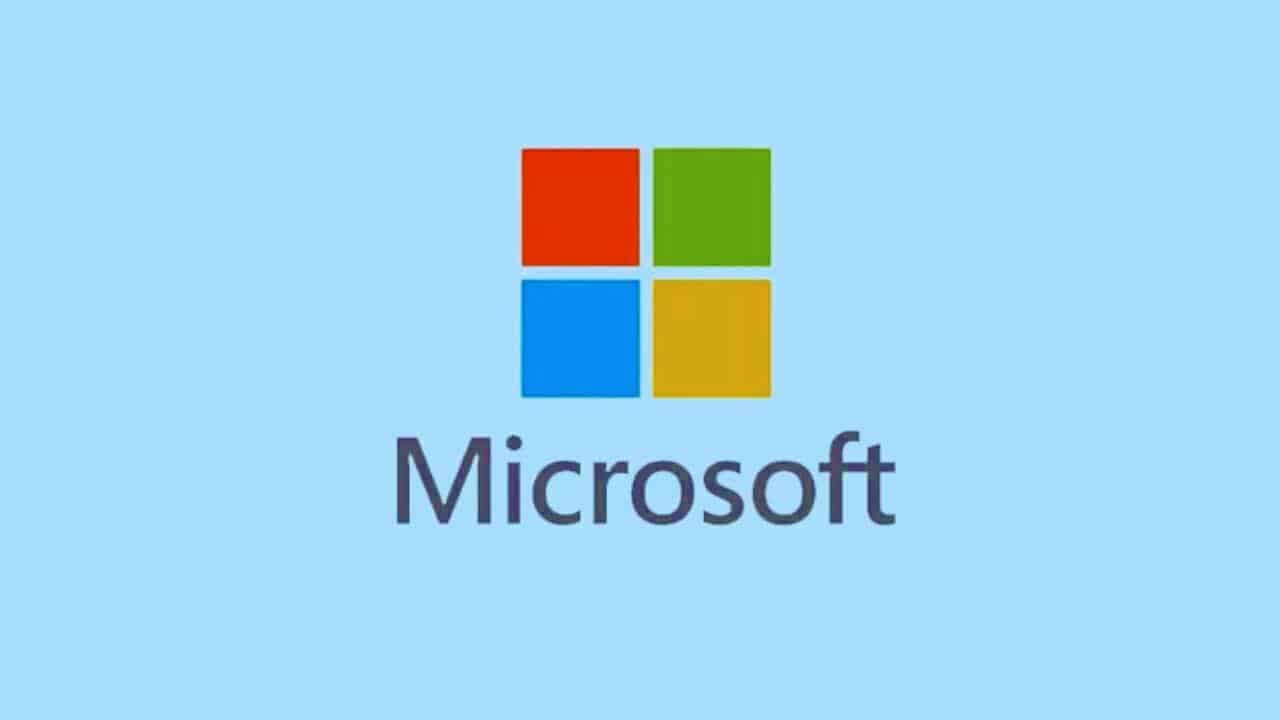In a nation that has basketball courts everywhere, and where people talk about boxing champions like Manny Pacquiao as if they are godly, it is tough to notice that the sports culture in the Philippines has been changing quietly for the past ten years. The gaming industry’s growth from a group of children clicking keyboards under the lights of computer shops, and about to drink bottles of RC Cola to a multi-billion peso industry is nothing short of spectacular. Websites like https://1xbets.com.ph/ have also played their part in this newly formed industry by showing different ways through which fans can interact with gaming competitions.This is to say that E-Sports in the Philippines have not only been growing, but they have also been exploding and at the same time, they have been changing the whole image people of this particular generation have of leisure, of fun, and even of education.
From “Tambay sa Computer Shop” to World Champions
If you ask a Filipino gamer in their late 20s or 30s about their childhood, they will probably relive their memories of the golden age of internet cafés. These spots were not only the places to game but were also the social clubs, the battlegrounds, and the breeding grounds for the country’s first generation of e-sports talent. Now it’s different, and the same kids who get yelled at for going to the internet cafes often are the professional gamers, coaches, and in some cases, even the millionaires of the industry.
The Turning Point: When E-Sports Went Mainstream
The shift from underground hobby to national phenomenon didn’t happen overnight. Several key moments cemented gaming as a legitimate sport in the eyes of Filipinos:
- 2016: TNC Predator’s Dota 2 Miracle Run – The underdog Filipino squad stunned the world by defeating powerhouse teams at The International, proving that the Philippines could compete on the global stage.
- 2019: The Mobile Legends Boom – With smartphones becoming more accessible, Mobile Legends: Bang Bang (MLBB) became a cultural phenomenon. Neighborhood “ML tournaments” started popping up everywhere, from barangay halls to mall parking lots.
- 2021: Bren Esports Wins M2 World Championship – The first Filipino team to claim a world title in MLBB, sparking nationwide celebrations and cementing e-sports as a source of national pride.
- 2024: The First E-Sports College Degree in the Philippines Now in the Works – Lyceum of the Philippines University (LPU) announced plans to offer a bachelor’s program in e-sports management, signaling that gaming is no longer just a hobby—it’s a viable career path.
Why Are Filipinos So Obsessed with E-Sports?
1. Accessibility: You Don’t Need a Court or a Ball to Play
Unlike basketball, which requires a hoop and open space, or boxing, which demands training facilities, e-sports can be played anywhere—a smartphone and decent internet are all you need. This low barrier to entry has made gaming the great equalizer, allowing kids from all backgrounds to compete.
2. The Rise of Filipino Gaming Celebrities
Gamers are now household names. Players like Karl “KarlTzy” Nepomuceno (Bren Esports) and Setsuna “Dogie” Ignacio (MLBB streamer) have become as recognizable as PBA stars. Even traditional celebrities are jumping in—Alodia Gosiengfiao, SB19’s Pablo, and even politicians like Sen. Sonny Angara have openly supported e-sports.
3. Big Money, Bigger Dreams
The prize pools are staggering:
- M4 World Championship (2023) – $800,000 (~₱44 million)
- The International (Dota 2) – Often exceeds $30 million
- Local MLBB Tournaments – Regular ₱1M+ prize pools
For many young Filipinos, becoming a pro gamer is now a realistic dream—one that doesn’t require height (unlike basketball) or connections (unlike some traditional industries).
4. Government & Corporate Backing
- Philippine Sports Commission (PSC) now includes e-sports in its programs.
- Smart Communications, Globe, and Razer sponsor major tournaments.
- Senate Bill No. 758 (E-Sports Bill) seeks to further legitimize and regulate the industry.
E-Sports vs. Traditional Sports: Who’s Winning?
It’s not a war—it’s a shifting landscape. Basketball will always have a special place, but e-sports is undeniably gaining ground.
| Aspect | Traditional Sports (Basketball, Boxing) | E-Sports (MLBB, Dota 2, Valorant) |
| Fan Engagement | Packed arenas, live TV broadcasts | Millions of livestream viewers (YouTube, Facebook, TikTok) |
| Youth Participation | Declining in some areas (due to cost, space) | Skyrocketing (anyone with a phone can play) |
| Career Paths | Pro leagues (PBA), overseas contracts (Japan B.League) | Pro teams, streaming, coaching, shoutcasting |
| Cultural Impact | Deep-rooted (since American colonial era) | Rapidly evolving (Gen Z & Alpha’s #1 interest) |
The Latest News About Sports in the Philippines: E-Sports Edition
Some latest news about sports in the philippines—both virtual and traditional:
- First E-Sports Degree Program – LPU’s upcoming course will cover game analysis, team management, and event production.
- PH to Host More Int’l Tournaments – After the success of MSC 2023, organizers are eyeing Manila for bigger events.
- E-Sports in Schools – Some universities now offer scholarships for gamers, mirroring athletic recruitment in the U.S.
- Celebrity-Owned Teams – Stars like Cong TV and Donny Pangilinan have invested in e-sports orgs.
Final Thoughts: Game On, Philippines!
E-Sports do not replace traditional sports in the Philippines, but they are doing a good job of expanding the definition of an athlete in the digital age. Knowing that a generation that was brought up playing with joysticks rather than shooting basketballs, it could easily be understood that gaming is not just an entertainment but also an identity, a community, and an opportunity.
As the world watches, the Philippines isn’t just playing the game—we’re rewriting the rules. Whether you’re a die-hard MLBB fan, a Dota veteran, or a curious onlooker, one thing’s clear: The future of Philippine sports has a respawn point, and it’s here to stay.


